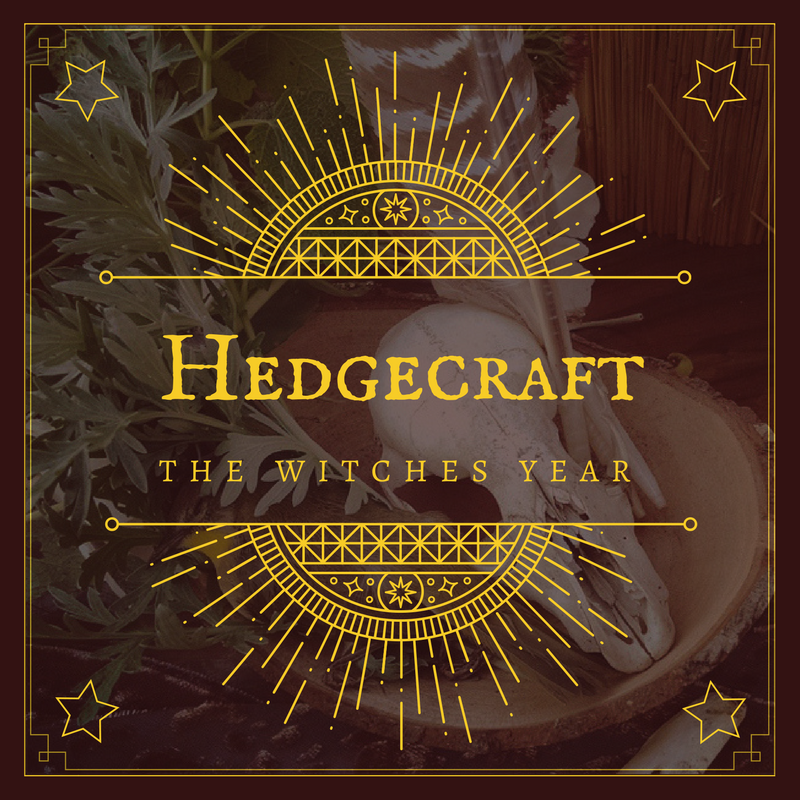|
Sometimes you find the sweetest meats in the most unlikely of places. As I was doing some business I was driving about the eastern side of my lovely town, and noticed a nut on the ground as I chatted with the friendly man I was renting a trailer from. They were hickory nuts. Hickory nuts are one of my favorite fall treats, and I use them to make a favorite beverage of ours, Hickory nut milk. "Hickory trees typically produce a good crop of nuts every third year after they reach 30 or 40 years old (depending on the sub-species). Hickory wood is extremely tough, and was used by natives and settlers alike in the USA as a wood for axe handles and other tools (a practice that continues to this day). The Ojibway used the wood for bows due to its elasticity and strength. Hickory wood remains one of the most efficient woods in North America for burning (only Black Locust, a non-native tree, has a higher BTU). Hickory also makes an excellent charcoal (and savory smoke)." - The Druid's Garden
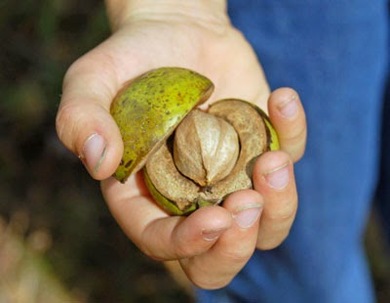 Hickory wood is known as a classic bow and tool handle material. You can also use the bark of the Shagbark Hickory to make a delicious Hickory syrup, one of the few syrups made not from the sap, but the bark of a tree. The outer husk was also used as a green dye, and in the Journal of American Folklore in the Fifth volume of 1892, they remind us to dye dark colors at the dark of the moon, and light at the full moon. Some other lovely lore of the hickory nut is that carrying one in your pocket will help prevent rheumatism. I've seen other Walnut family nuts used in this same way throughout early American folklore. You can also do a bit of weather witching with Hickory nut shells; the thicker the shell, the harder the winter to come. It is said here in North Carolina that if the leaves of a hickory are a pretty yellow in autumn, the next harvest will be a rich, golden one. In Missouri, to find out if your love has been true, burn a hickory fire. If it burns clear and steady, they have been true. By the thickness of these shells, Old Woman Winter is going to blanket us with cold for a long time this season. Sources:
Green Deane To Make Your Own Hickory Syrup Missouri Folklore Society Animal and Plant Lore. Fanny D. Bergen. 1899.
0 Comments
Leave a Reply. |
Archives
April 2024
To support me in my research and work, please consider donating. Every dollar helps!
|
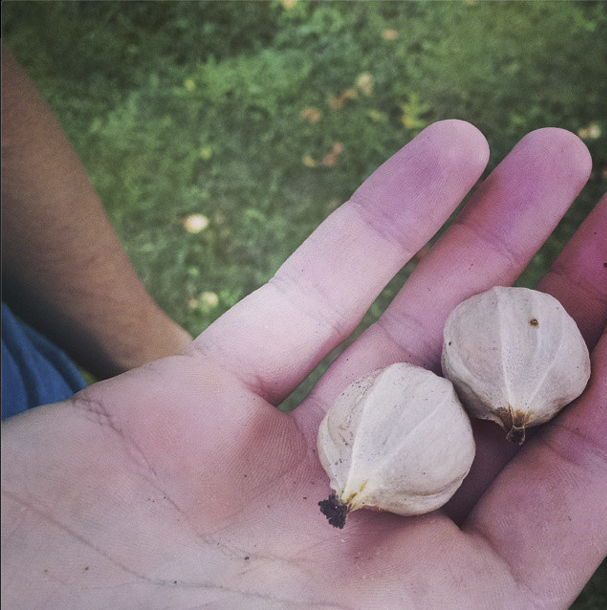
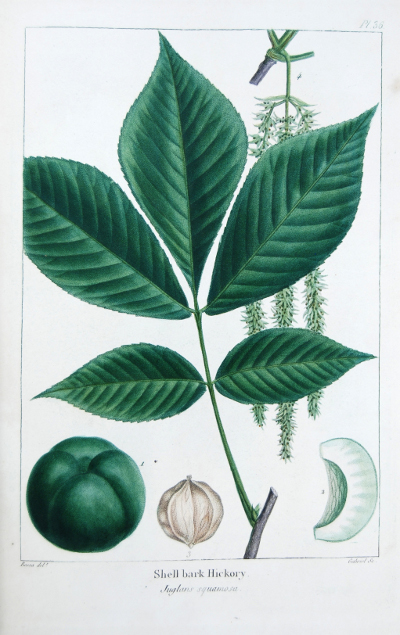
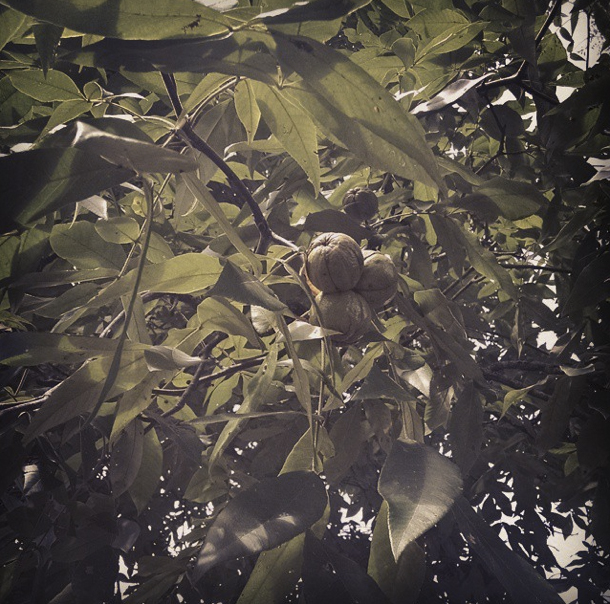
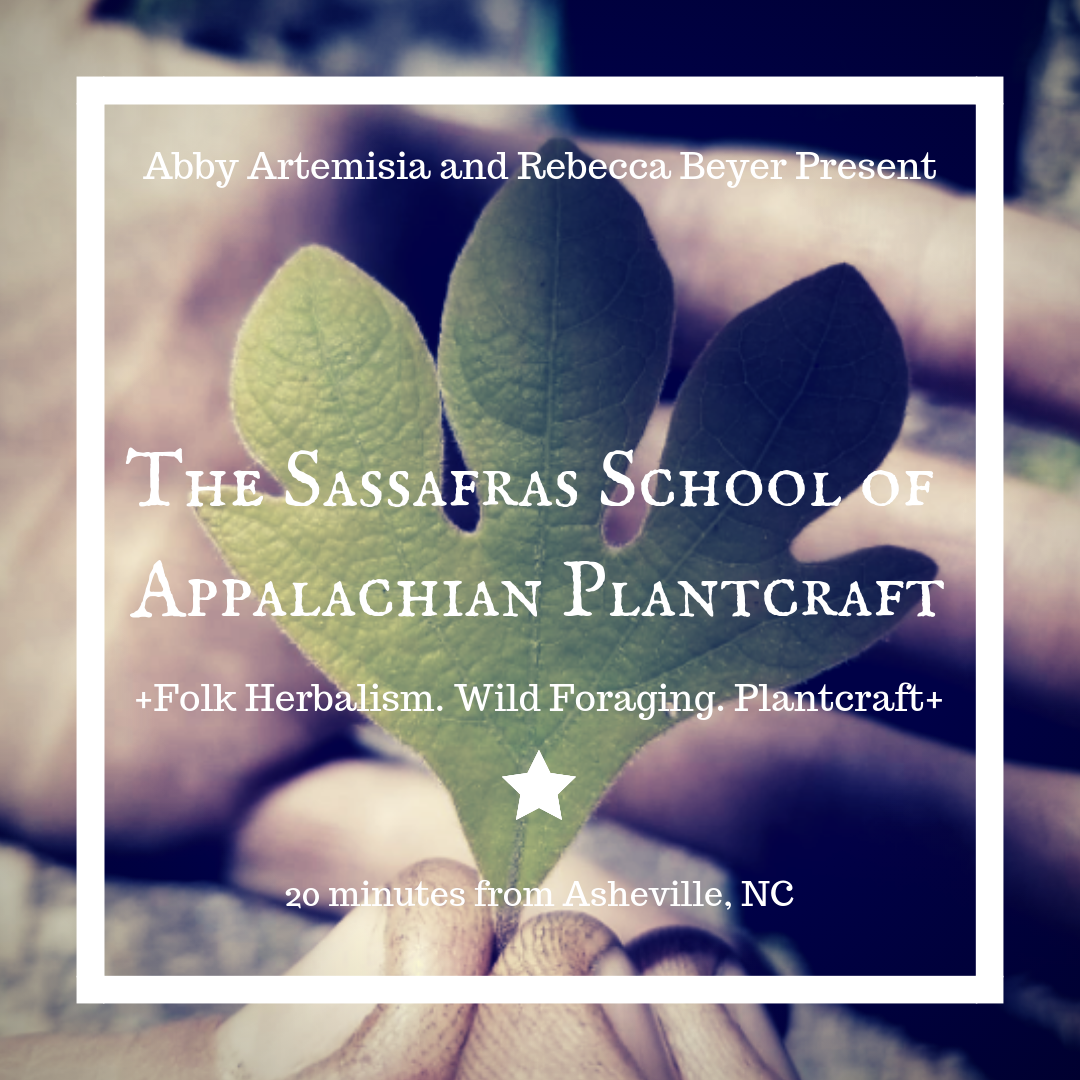
 RSS Feed
RSS Feed
